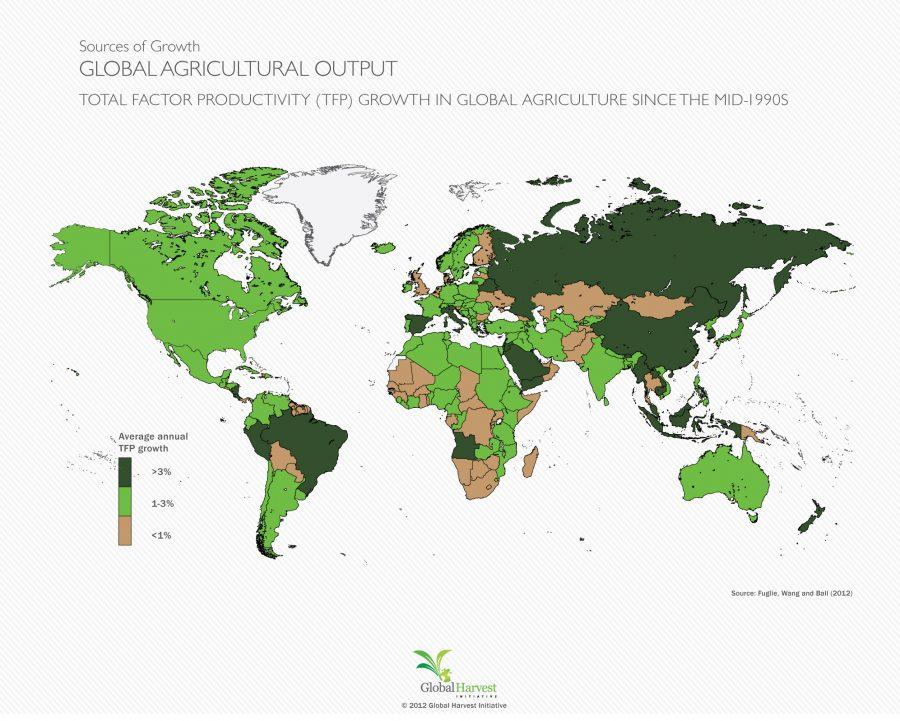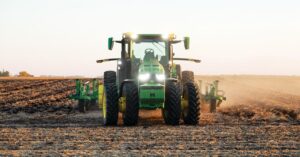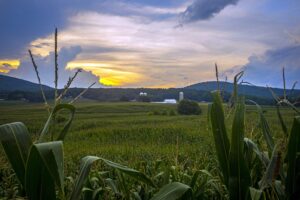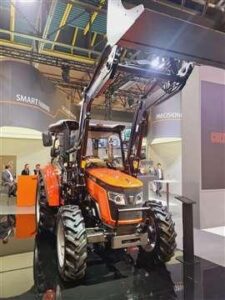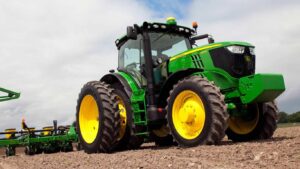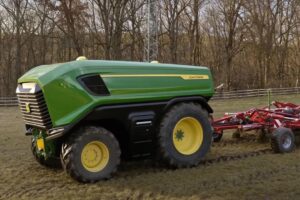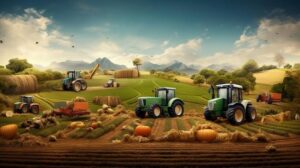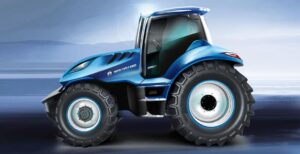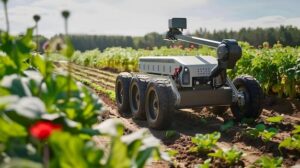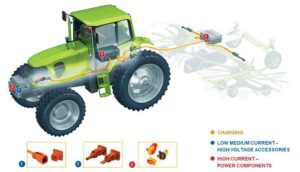The global agricultural tractor market is poised to reach a importent milestone, with sales projected to hit $109 billion in the coming years. This growth reflects the increasing mechanization of farming operations worldwide, driven by the need for enhanced productivity and labor efficiency in agricultural practices. As both developed and emerging markets continue to modernize their farming sectors, tractor manufacturers are witnessing sustained demand across various power segments and applications.The agricultural machinery sector is experiencing unprecedented growth, with tractor sales emerging as a pivotal force in the industry’s expansion. Market analysts project a substantial increase in worldwide tractor sales, driven by technological advancements, rising farm mechanization, and growing food demand across developing nations.
Key factors propelling this market surge include the adoption of precision farming techniques, labor shortages in rural areas, and government initiatives supporting farm mechanization. Manufacturers are introducing innovative features like GPS guidance systems, automated steering, and smart power management, making modern tractors more efficient and productive than ever before.Asia-Pacific remains the largest market, with India and China leading the demand. These countries are witnessing rapid transformation in their agricultural sectors, moving from conventional farming methods to mechanized operations. Small and medium-sized tractors dominate sales in these regions,perfectly suited for the prevalent small-holding farming patterns.
North America and Europe, while mature markets, continue to show steady growth through replacement demand and the integration of smart farming technologies. Large-scale farming operations in these regions primarily drive the demand for high-horsepower tractors equipped with advanced features and precision farming capabilities.
Environmental considerations are reshaping product advancement strategies, with manufacturers investing heavily in electric and hybrid tractor models. This shift aligns with global sustainability goals and appeals to environmentally conscious farmers. Several leading companies have already launched electric tractor prototypes, signaling a significant transformation in the industry.
Emerging markets in Africa and Latin america present substantial growth opportunities.These regions are experiencing increased mechanization rates, supported by government subsidies and growing awareness about modern farming techniques. The demand for entry-level and mid-range tractors is notably strong in these markets.
Supply chain disruptions and raw material cost fluctuations have impacted production schedules and pricing strategies. However, manufacturers are adapting through localized production facilities and strategic partnerships with regional distributors. This approach helps maintain competitive pricing while ensuring steady supply to key markets.
Technological integration is becoming increasingly elegant, with tractors now featuring IoT connectivity, real-time data analytics, and automated operations.These advancements are improving operational efficiency and helping farmers make data-driven decisions about their farming practices.
The rental and leasing segment is gaining traction, particularly in developing economies where capital constraints limit outright purchases. This trend is creating new business models and market opportunities for both manufacturers and service providers.
Competition among major manufacturers remains intense, driving innovation and customer-centric product development. Companies are focusing on expanding their product portfolios, strengthening after-sales services, and developing region-specific solutions to maintain market share and profitability.

